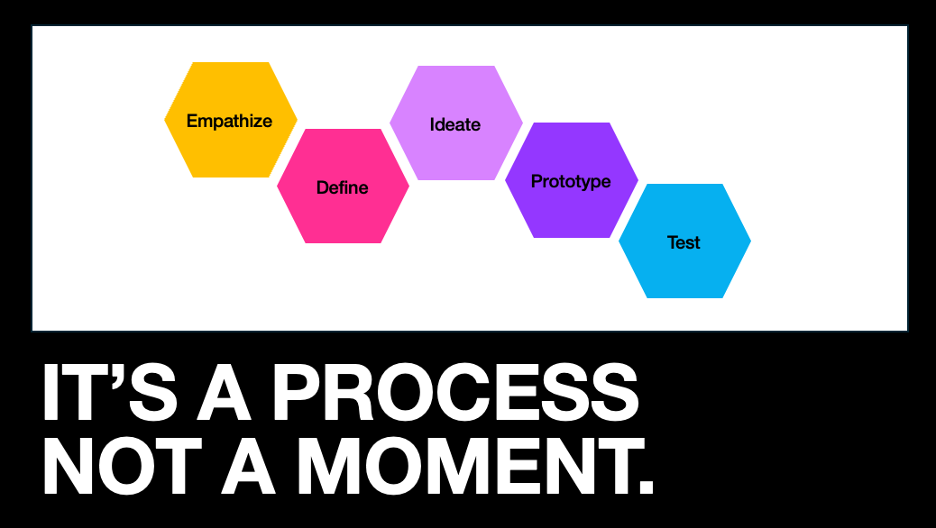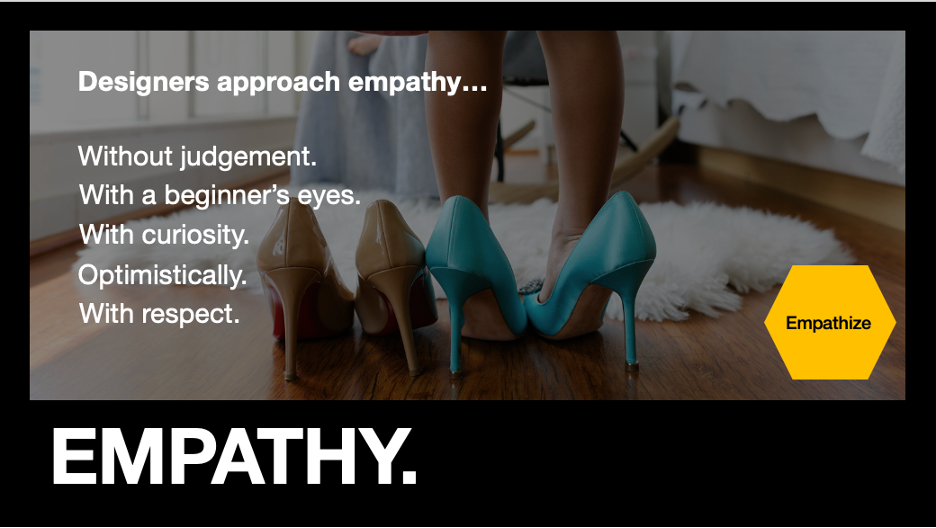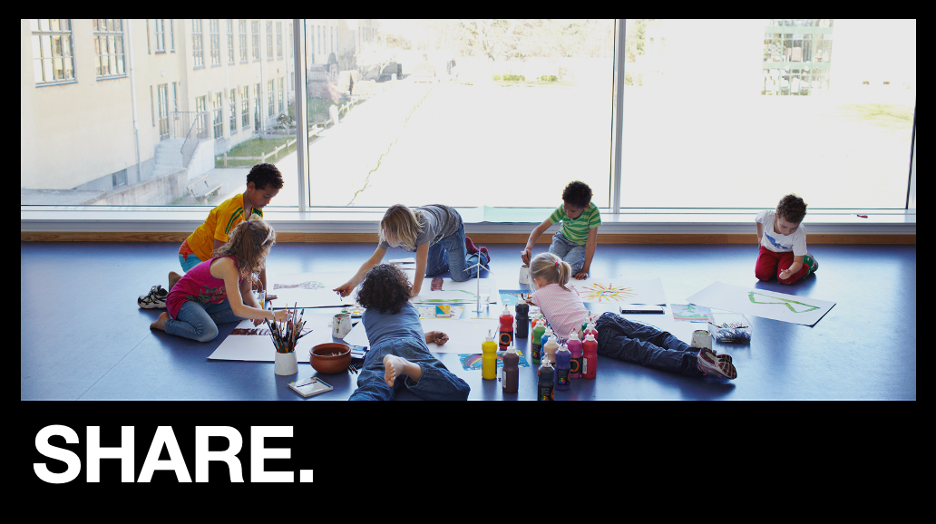Our Design Thinking Workshop Facilitates Innovation
You may be familiar with the phrase “Design Thinking” and may even recognize one or several of the Stanford Design School’s 5 phases of the process. Yet, you may be uncertain about what Design Thinking actually means, what it is, for whom it applies/supports, for what purpose, and how it’s useful.
Design Thinking is not just for designers and “creatives” (Please read that again)

The purpose
Design Thinking is a process, not an outcome or a “skill” reserved for a select group. The process is a well-tested method for collaboratively creating compelling products and services. The process itself is not an artistic endeavor. It’s a framework that guides a group through a new way of defining, approaching, and solving the problems your customers (including your employees and internal customers) face.
While we tend to equate creative ability with artistic ability, creative ability is far more than artistic ability. Participants in our Design Thinking workshops learn how to embrace their creative abilities and gain the courage to participate in innovative processes that may be new territory.
Who uses Design Thinking?
It’s for anyone involved in bringing services and products to life. It’s for engineers, analysts, product owners, product designers, and leadership levels. Training in Design Thinking benefits your organization, teams within your organization, and individual contributors. It’s a learned process that, when adopted by even one individual on your team, can be transformational in terms of your organization’s culture, processes, and deliverables.
What to expect
It’s not easy to “‘de-program”’ ourselves from the mindset of “I’m not creative.” As adults, and we tend to drop our sense of considering ourselves as being “‘creative’.” The workshop guides participants through a series of collaborative discussion and participatory exercises. Our training follows the Stanford Design School’s training module.
The first part of the workshop presents the process framework, the concepts of divergent and convergent thinking, and a series of exercises aimed to separate the connotations of artistic and creative abilities.
In the second workshop section, we guide participants through exercises that support a human-centered design basic principle – how to express and model empathy with the end users of your products and services. Participants will learn to look beyond “‘what they think they see”’ and be able to practice methods for uncovering authentic and true customer needs.


A hands-on series of prototyping, feedback, and iteration sessions makes up part three of the workshop. It’s through this series of activities that participants learn how to become comfortable with uncertainty and sharing unfinished work.
Compounding benefits
Expect Design Thinking workshop training to activate new or refreshed awareness of our innate capabilities to creatively problem-solve. Benefits of the experience are professional growth and the potential to affect your organization’s culture and mindset towards product and service development.
- Take away new techniques for how to approach a design or development challenge
- Learn how to break free of leapfrogging to finished solutions and how to be comfortable in generative spaces
- Experience the value of looking beyond assumptions from what we can “see” on the surface (beyond data sets or explicit user feature requests).
- Build the confidence to question, explore possibilities, and collaborate within the “problem space.”
- Leave with a process and framework you can use on repeat and share with your organization.

Experiencing the process of Design Thinking can be especially transformative for first-time participants. But even if you’ve attended past workshops for Design Thinking, the takeaways and outcomes will always be different.
Find out how the WebFirst CX team can tailor our Design Thinking workshops to your organization’s needs.


